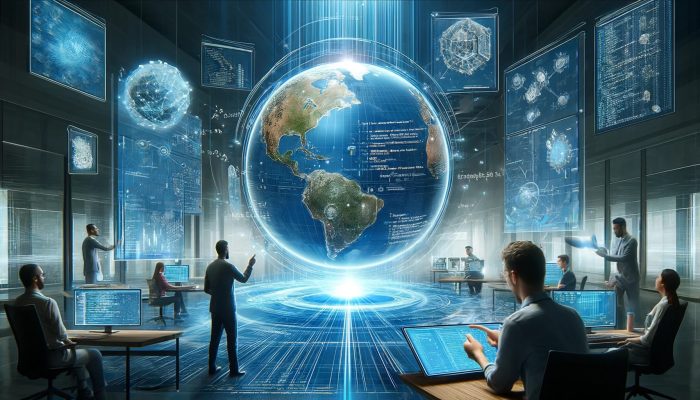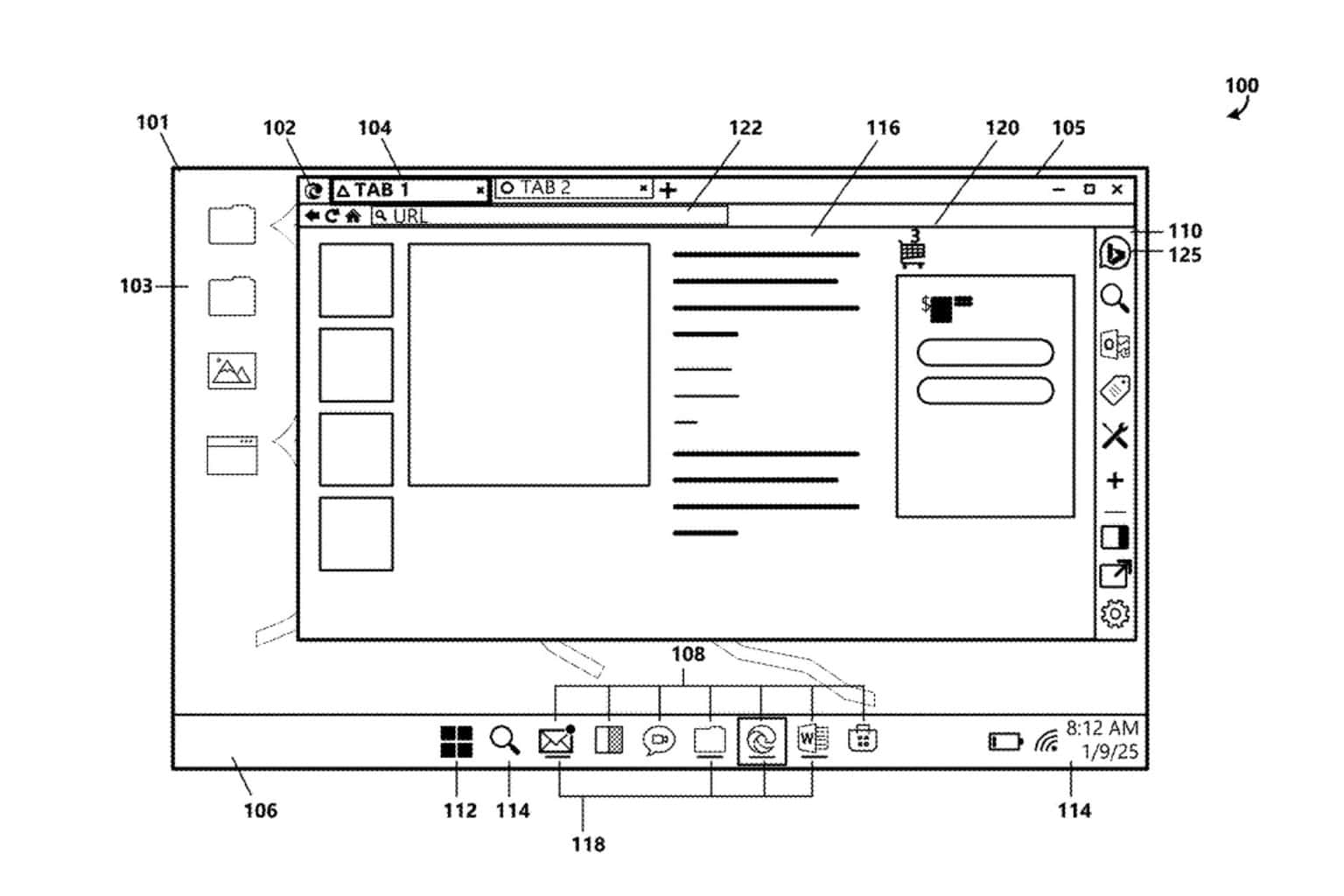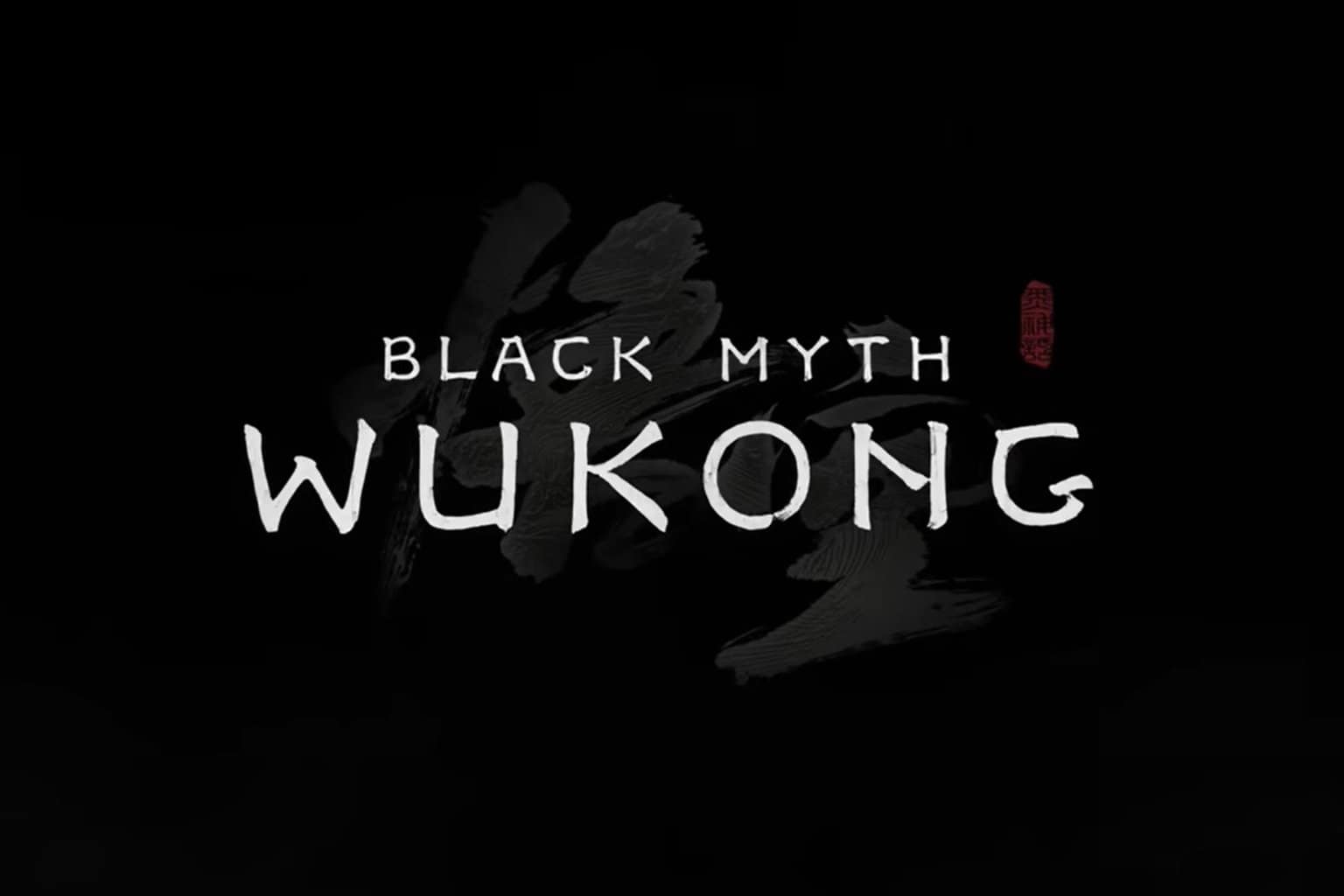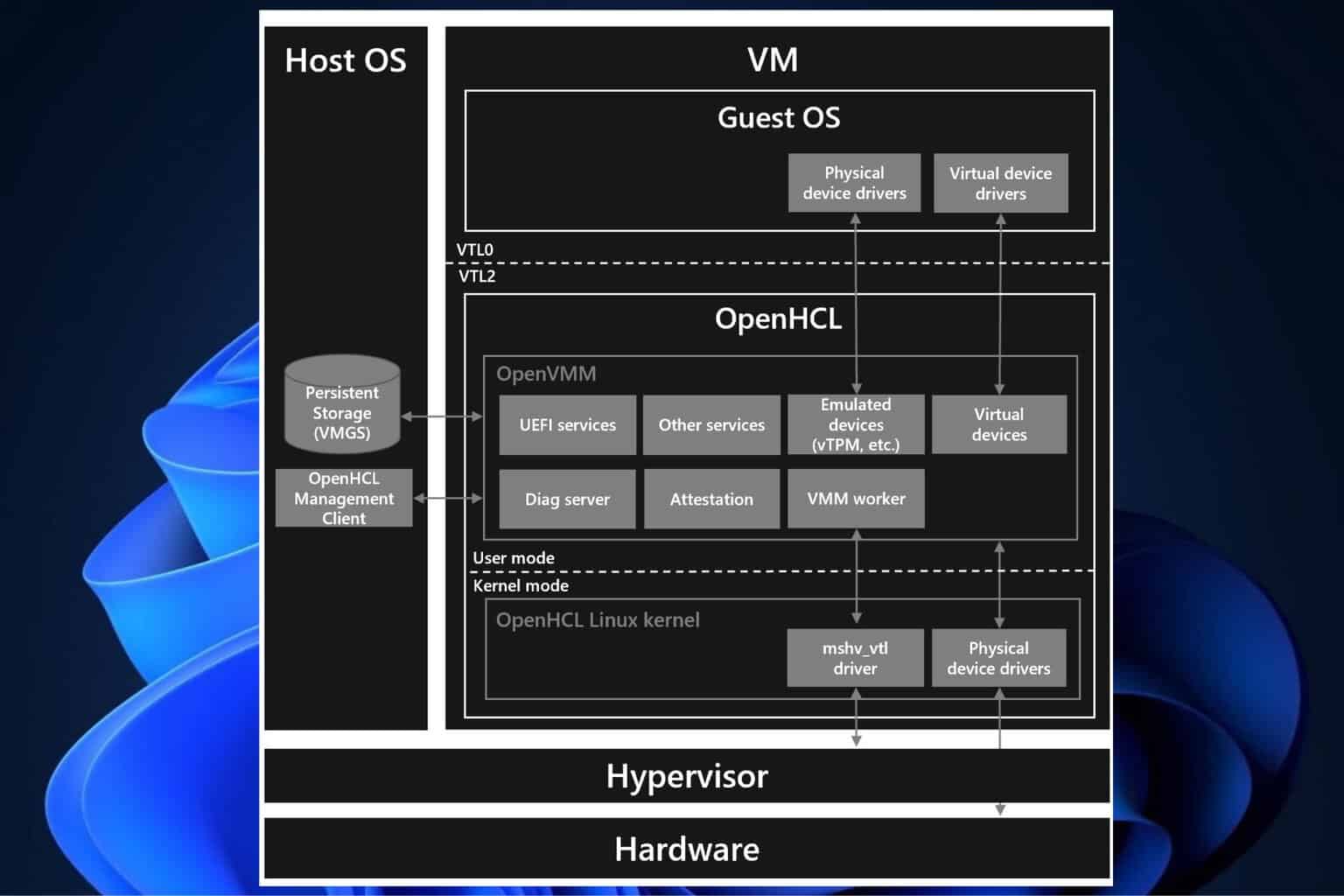Microsoft & Siemens are simplifying the digital landscape. Here's how it might help you
The collab might bring real benefits to people like you and me
3 min. read
Published on
Read our disclosure page to find out how can you help Windows Report sustain the editorial team Read more

AI heavily dominates the current tech environment and seems to get more complex each day, but Siemens and Microsoft have taken a significant step towards simplifying the digital landscape. They’ve decided to merge their digital twin languages into a unified framework. This move is not just about technical convergence; it’s about making digital twins more accessible and interoperable across various sectors.
Digital twins, for those who might be scratching their heads, are virtual replicas of physical objects, systems, or processes. They’re a big deal because they allow us to monitor and predict the performance of their real-world counterparts, thereby enhancing efficiency and reducing costs. Now, imagine making this technology more accessible for everyone to use. That’s precisely what Siemens and Microsoft are aiming for.
How is this going to impact customers?
By blending Microsoft’s Digital Twin Definition Language (DTDL) with the W3C Thing Description, a standard developed by the World Wide Web Consortium (W3C), these tech giants are paving the way for a more integrated IoT ecosystem. Why is this important? Well, in the current state of things, customers often find themselves locked into using products from a single vendor because different systems and languages don’t play well together. This convergence promises to change that, offering a consistent modeling experience across various platforms and vendors.
What’s really exciting about this collaboration is the potential it unlocks. Integrating different systems becomes much more straightforward with a unified digital twin language. This means less headache for businesses and developers trying to make their digital and physical assets communicate. Plus, it’s a big win for innovation, as easier integration means more room to experiment and push boundaries.
Thomas Kiessling, the Chief Technology Officer at Siemens Smart Infrastructure, and Erich Barnstedt, Chief Architect Standards at Microsoft, both highlighted the importance of this move.
We see the convergence of two very similar Digital Twin languages like the DTDL and the W3C Thing Description as an essential move that will enable customers to describe the physical world in a way that is agnostic to specific IoT platforms. This strategic alliance underscores our commitment to fostering collaboration and embracing openness.
Thomas Kiessling, Chief Technology Officer at Siemens Smart Infrastructure
They see it as a crucial step towards describing the physical world in a platform-agnostic way. This isn’t just about making their products more accessible; it’s about pushing the entire industry towards a more open and collaborative future.
Ever since we invented the Digital Twin Definition Language and open-sourced its specification and reference implementations, we planned to standardize it through a consortium like the W3C. Therefore, merging DTDL with W3C Thing Description, in close partnership with Siemens, is the natural next step in our journey to democratize digital twins in the industry.
Erich Barnstedt, Chief Architect Standards, Consortia and Industrial IoT, Azure Edge and Platform team, Microsoft Corporation
But what does this mean for you and me? For starters, it could lead to smarter, more efficient buildings, power grids, and transportation systems. It’s also a step towards a future where digital transformation is a bit less daunting for businesses, thanks to more straightforward integration and interoperability.
In essence, Siemens and Microsoft are not just merging languages; they’re helping to build a future where digital and physical worlds converge more seamlessly. It’s a reminder that in the digital age, collaboration and openness can lead to innovations that transform our lives. So, next time you hear about digital twins, remember: they’re not just for techies. They’re a glimpse into a future where technology makes our world smarter, safer, and more sustainable.








User forum
0 messages